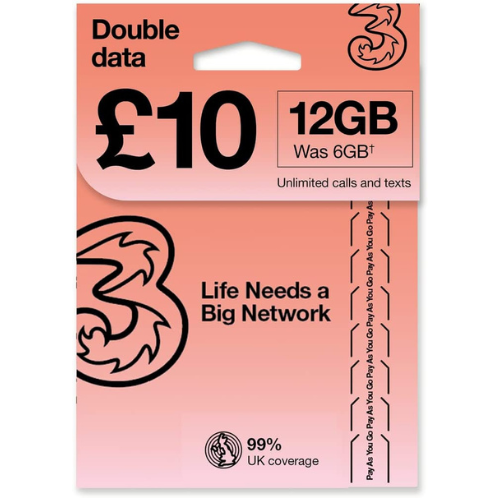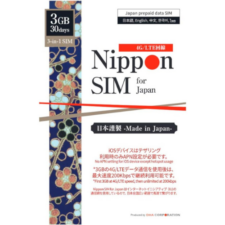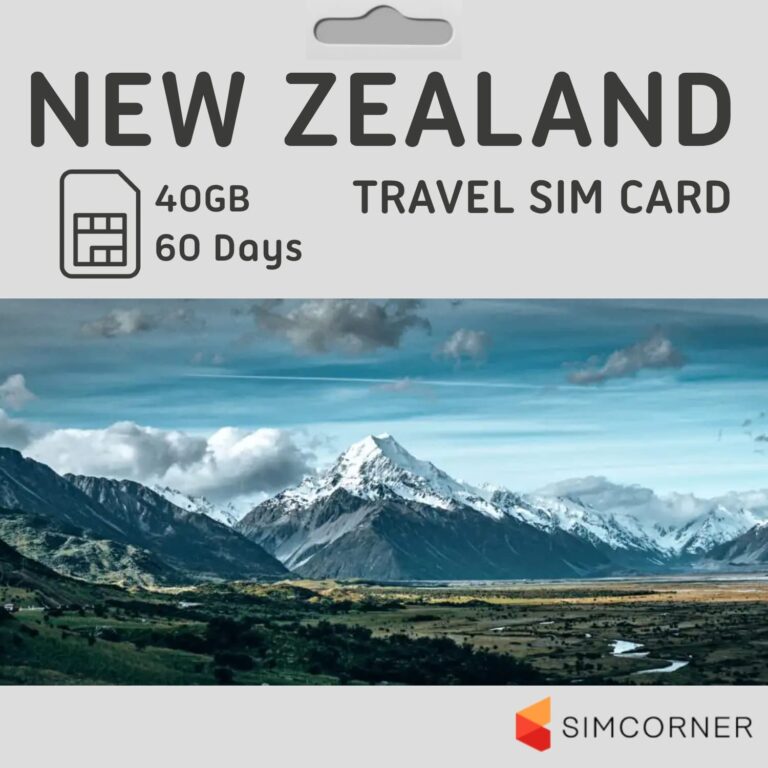Tempted by an international or travel SIM? Here's everything you need to know to stay connected when overseas.
Guide to international and travel SIMs

While there are plenty of great international roaming plans available to Aussies, it can sometimes be cheaper and easier to opt for an international or travel SIM. There are pros and cons to consider for both, but only one option lets you trot across the globe with near-total confidence that you'll stay connected to your friends and family back home.
If you're not sure where to start, here's a quick explanation of what international and travel SIMs are, what providers are available to Aussies and what the best value options and alternatives look like.
International travel SIM cards
*Pricing and deals only accurate as of last page update.
Travel SIMs explained
An international or travel SIM is a SIM card that you can take with you when you go overseas. It's not built for any particular region or country but is designed to work in multiple or as many as possible. The upshot of this is that an international or travel SIM can save you the trouble of having to worry about expensive global roaming charges or the physical hassle of picking up a local SIM card.
The only catch is that international and travel SIM cards can sometimes get quite expensive. Convenience is rarely cheap but compared to the likes of a postpaid local SIM or the international roaming packages available through Australian mobile providers, the value proposition involved isn't always a great one.
That said, an international or travel SIM can be a particularly good fit for those who plan to visit multiple countries over the course of a trip. It'll cost you, but there is real convenience in having one SIM work across the entirety of your journey rather than having to worry about swapping between them or topping up your roaming data between each destination can sometimes be worth it.
Fortunately, there are a few alternatives available for those looking to stay connected overseas on a budget.
Alternative #1 - Buy a local SIM
As mentioned, a cheap local SIM or long expiry prepaid plan is a solid alternative to an expensive international one. However, your mileage may vary here depending on your destination.
If you're a frequent visitor to a given country, you probably already have a good idea of what brands are available and where the easiest place to pick up a local prepaid SIM is. For everyone else, there's the airport.
In any case, the advantages of a local SIM card over a travel one are that it's usually cheaper and has better value. The main disadvantages are that you might have to do some research and make time to secure your SIM either in advance or soon after your flight touches down.
Check out our country-specific travel guides for information on buying a local SIM in popular destinations:
Alternative #2 - Free Public Wi-Fi
If you're looking to breeze around abroad on a budget but stay connected when you need it, then bouncing between free public WiFi networks might be your best bet.
As with Australia, you should be able to find a fair few free WiFi networks scattered throughout the public libraries, hotels, cafes, attractions and city centres. If you're not sure where to start, there are also apps like InstaBridge and SpeedSpot that can help highlight free WiFi networks near your location.
Staying connected this way isn't super convenient, but it might not cost you a cent and it can be a viable alternative to travel SIMs if you don't mind relying on messaging apps like WhatsApp, Signal and Vibr rather than traditional calls and texts.
Best Travel SIM for Australians
If you're going away on a holiday and are happy to for the peace of mind that comes with knowing you'll be connected throughout your whole trip, an international or travel SIM can be a solid way to go.
Here's a quick rundown of a few providers you might want to consider.
Flexiroam
Flexiroam isn't like other travel SIM providers. Rather than ask you to swap over your Australian SIM card for an international one designed for global roaming, this take on a travel SIM relies on a thin microchip that attaches to your existing SIM.
Clip that chip to your current SIM card, activate it via the Flexiroam mobile app and you'll be able to swap to and stay connected through the Flexiroam network in more than 150 countries.
While Flexiroam is compatible with both (almost all) Android and iOS devices, there are a few catches to this setup. For instance, you'll only get 4G in around 70 of those destinations. In the other 80 or so, you'll have to rely on 3G.
The other caveat here is that international texting isn't supported, though calls are available through both the Flexiroam app and messaging services like WeChat and WhatsApp.
At the time of writing, the most popular Flexiroam travel SIM plans are priced as follows:
- 10GB for USD$269.99 for 360 days
- 5GB for USD$149.99 for 360 days
- 7GB for USD$199.99 for 360 days
GigSky
GigSky is another travel SIM provider that Aussies might want to consider. It offers both country and region-specific prepaid plans, as well as a global one. This provider's big selling point is that you can sign up and set up a GigSkyu travel plan without even leaving your home.
So long as you're running an Android 10 (or more recent device) or iOS 13 (and above), all you need to do is download the GigSky app and add a travel plan using that.
Pricing for GigSky's World Plan is as follows:
- 5GB for $59.99 for 30 days
Other travel SIMs
USA, Canada, Mexico prepaid travel SIM cards
Lycamobile USA Prepaid SIM Card
From $59.98
*Pricing and deals only accurate as of last page update.
Europe travel SIM cards
*Pricing and deals only accurate as of last page update.
Singapore, Malaysia, Thailand Travel SIM Card
From $45.90
Nippon SIM for Japan Prepaid Data SIM Card
From $29.99
*Pricing and deals only accurate as of last page update.
*Pricing and deals only accurate as of last page update.
How to use your phone internationally
While it's a lot easier to use your phone overseas than it used to be, there are a few things you might want to double-check before you disembark.
Is your phone unlocked?
Most devices should work overseas, but you'll need to ensure it's unlocked as this can sometimes result in issues with foreign networks.
If you bought your phone on a plan or outright, it will be unlocked. But if you bought it with a prepaid SIM, it might be locked to a specific network. If this is the case, you may need to speak to your provider about unlocking your device. For help unlocking a Telstra phone, check out this guide.
Is your device GSM or CDMA capable?
In addition to making sure your device isn't locked to a specific Australian network, you'll also need to make sure that it meets the frequency specifications required to play nice with the mobile networks of your destination.
Australia uses the GSM standard for mobile devices, as do many other countries. However, that standard isn't universal and there are exceptions. For instance, the US, Japan and South Korea use a combination of GSM and CDMA technologies.
The short version is that Australian-bought devices should work on GSM networks overseas, provided your phone is compatible with your destination's available frequencies. Newer flagship phones, such as the iPhone and Samsung Galaxy range, should support just about any frequency you encounter out of the box. Older devices may run into problems so if you're worried then be sure to do your research well before you head to the airport.
Related Articles















